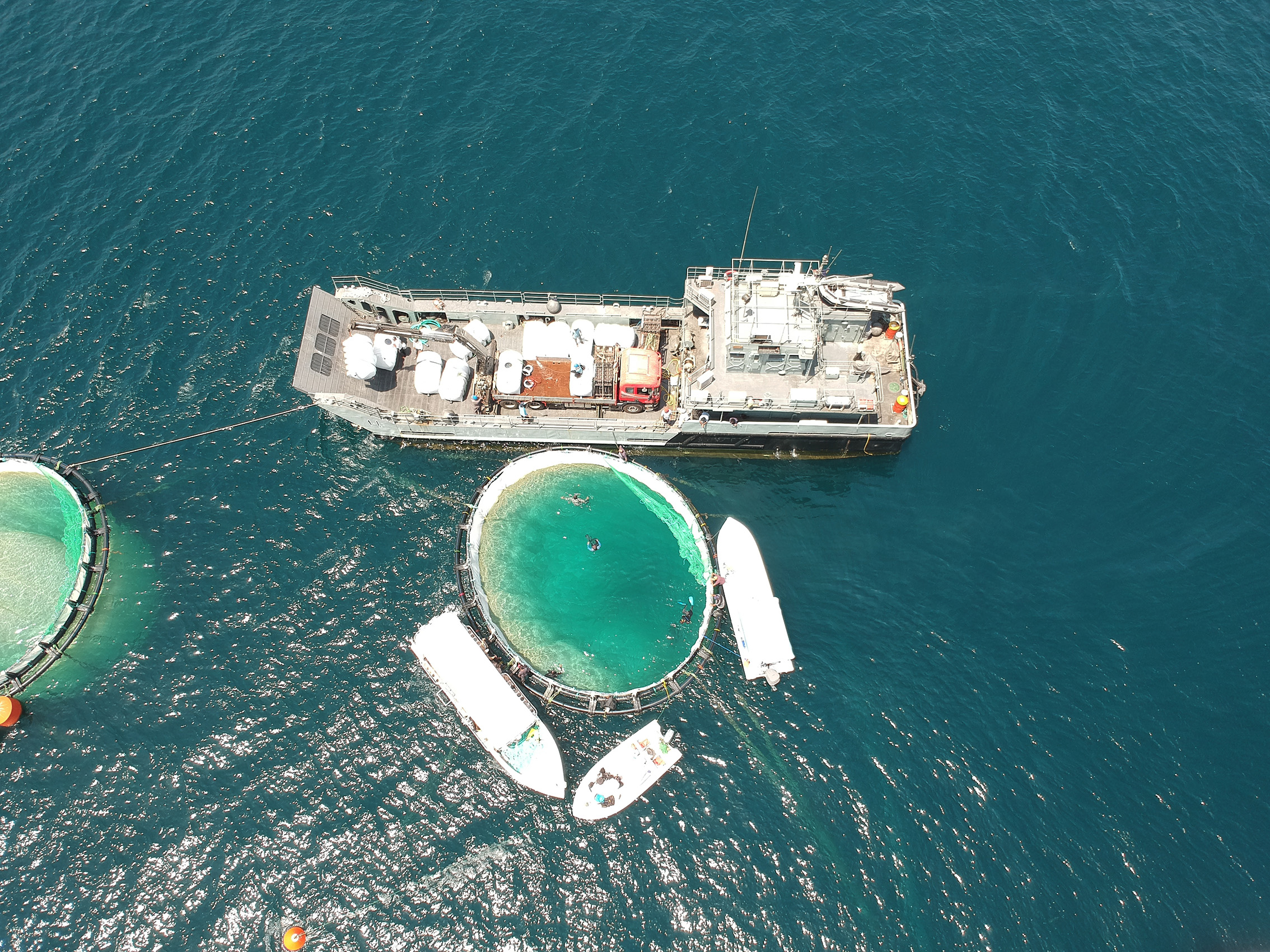

With fish farming projects worth several hundred million dollars in the pipeline, Oman’s authorities are developing new regulations to secure the health of this newly emerging industry, the output from which is projected to surpass conventional fishing in volume and value terms within the next two decades.
Currently under formulation is a new National Aquaculture Health Management framework – an initiative being developed with the support of the UK-based Centre for Environment, Fisheries and Aquaculture Sciences (CEFAS). The underlying goal is to ensure the long-term sustainable development of the aquaculture sector, says the Implementation Support & Follow-up Unit (ISFU), a special task force set up within the Diwan of Royal Court to speed up the delivery of projects and initiatives deemed to accelerate Oman’s economic diversification.
“With several large-scale aquaculture projects either under construction or in the development stages in Oman, the country is getting set to establish itself as an important player in the rapidly-evolving global aquaculture market. At the same time, the Sultanate realizes that aquafarming operations need to be carefully managed and under a rigorous set of regulations to avoid potential drawbacks, such as loss in stock due to disease outbreaks. Therefore, to ensure the long-term sustainable development of the sector, the Ministry of Agriculture and Fisheries collaborated with CEFAS in 2019 to build a new regulation plan for the aquaculture industry in Oman,” ISFU explained in its 2019 Annual Report published here recently.
CEFAS is an executive agency of the British government’s Department for Environment, Food and Rural Affairs. It specialises in carrying out a wide range of research, advisory, consultancy, monitoring and training activities for a large number of customers around the world.
Significantly, the Ministry’s current 30-year master-plan for aquaculture development targets an output of around 200,000 metric tons per annum of farmed fish by the year 2040, alongside the creation of some 11,000 jobs for Omanis.
However, going by the robust investment interest garnered thus far in the sector, Oman is likely to achieve a production of 290,000 metric tons of farmed fish by 2030, surpassing targets envisioned in the master-plan. Types of fish identified for intensive farming in the Sultanate include shrimp, sea bream, sea bass, grouper, abalone and seaweed, among other species, say experts.
Just last week, the biggest of Oman’s investors in the aquaculture industry – Oman Investment Authority (OIA), representing an amalgam of wealth funds and state-owned enterprises – announced the creation of an integrated entity to oversee its burgeoning portfolio of aquaculture projects.
Fisheries Development Oman (FDO), resulting from the consolidation of OIA-owned Blue Water, Al Wusta Fishery Industries, and Oceanic Shrimp Aquaculture, is overseeing the development of mega projects the flagship of which is the Barr al Hikman Shrimp Aquaculture Farm. Covering an area of 40,000 hectares, it is expected to be one of the largest in the world with an estimated production capacity of 200,000 tonnes of shrimp annually. Other equally promising investments are ongoing in abalone and other finfish based farm projects.
Ahead of the roll-out of the new National Aquaculture Health Management regulations, the Ministry of Agriculture and Fisheries has commenced the process of building adequate capacity within the industry to support the implementation of the measures when they eventually come into force. Existing labs of the Ministry are proposed to be upgraded as well to bring them into line with the new regulations, the ISFU report added.
Oman Observer is now on the WhatsApp channel. Click here



